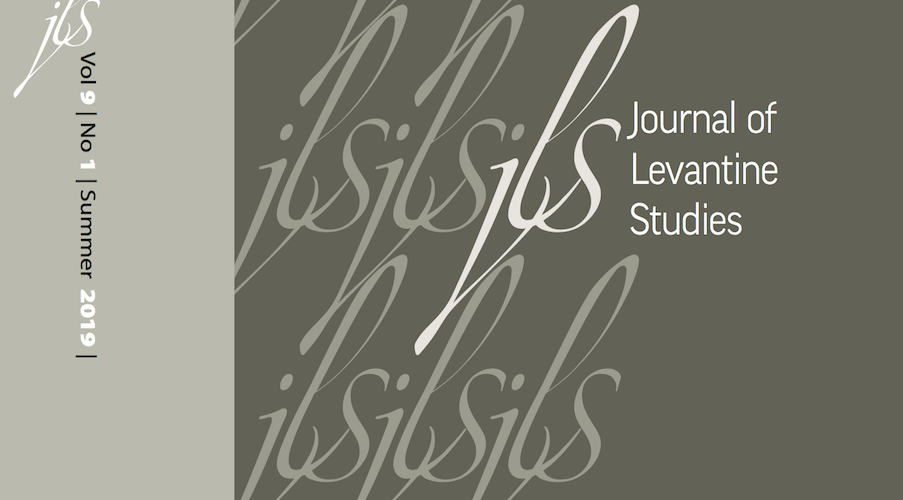Guest Editor’s Note: The Neoclassical Bias in Translation
- Description
Product Description
This is the first of two consecutive issues of JLS devoted to language and translation, specifically to the relationship between Arabic and Hebrew. In the current issue, we address the limits of the neoclassical model of translation, referring to the redefinition of translation in fifteenth-century Europe and infusing it with the spirit of the Renaissance. In a nutshell, the neoclassical model tends to individualize the translator’s identity, to privatize the spatial dimensions of translation, and to eliminate verbal dialogue.Furthermore, it dictates a forward-moving unidirectional formula of translation that usurps the original text and occupies its place; it silences any form of dialogue and replaces conversation and reciprocal dialogue with philology, linguistics, and hermeneutics. Under colonial conditions, the neoclassical model aggravates these limitations, since it reproduces in the translation room the very same asymmetry that typifies the exterior conditions and the power relations between languages. I begin this discussion by examining the emergence of the effects of the neoclassical model on translation in general, and in particular its predicament in relation to translation between Arabic and Hebrew – past, present, and future.


